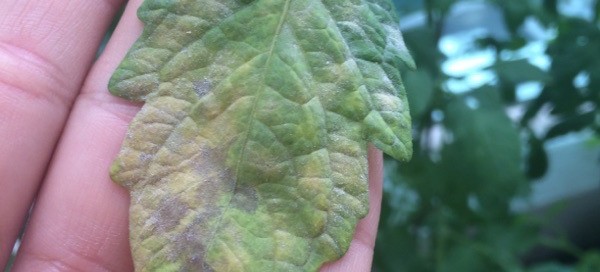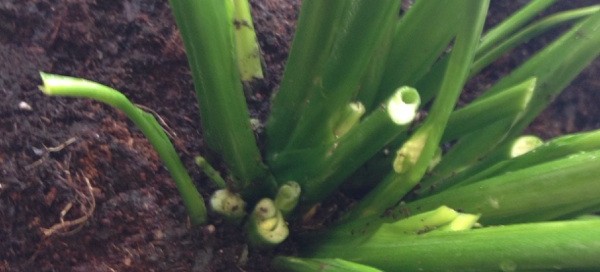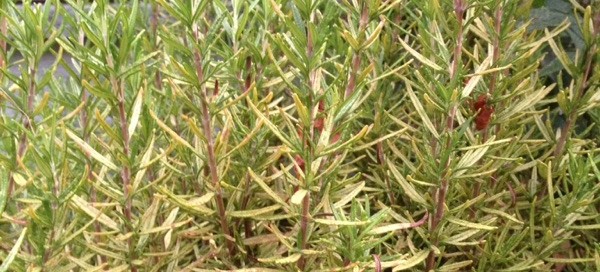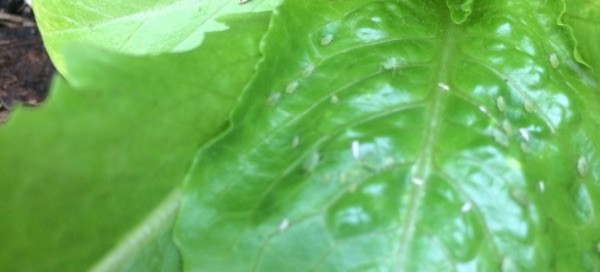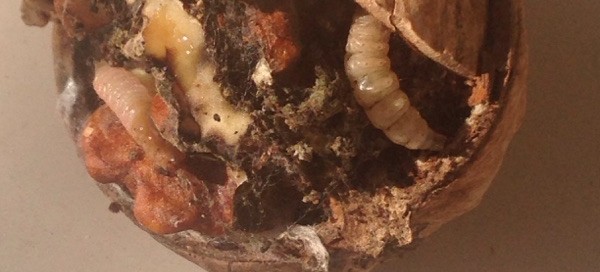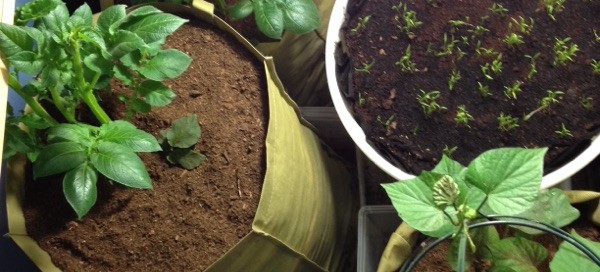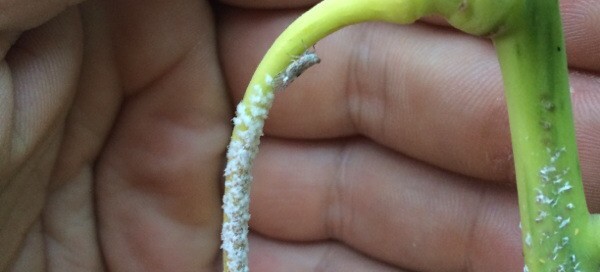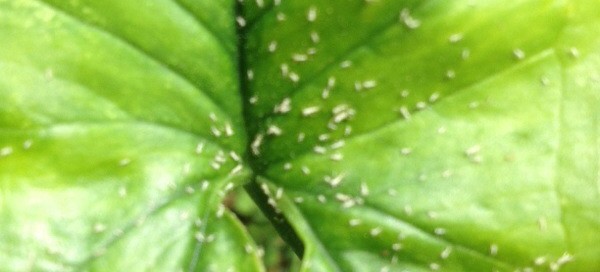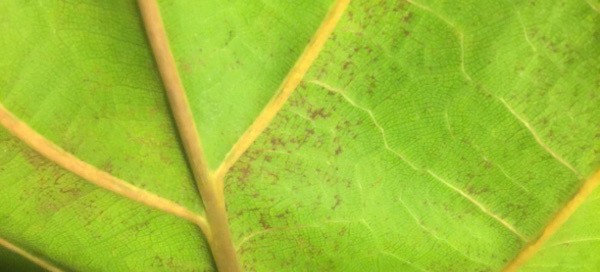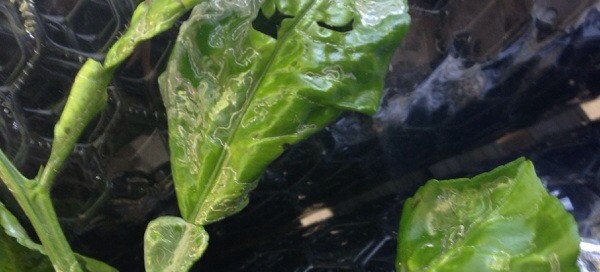Tomato Problems
Tomato diseases are very difficult to identify in person -- making a diagnosis by a image is even more so. Having said that I can recommend two sources below that I use on a regular basis, having written the one from the Missouri Botanical Garden while I was there.Yes, it's from Missouri but anthracnose is anthracnose regardless of the location. We recommend that you contact John Warner Scott, a professor of horticultural sciences at the University of Florida's Gulf Coast Research Center. Scott, who is known far and wide in the tomato business as “Jay,” is one of the most prolific breeders of new tomatoes in the state. Over his three-decade career at the university he has developed more than 30 varieties. Contact him at 813-633-4135 or jwsc@ufl.edu.
http://erec.ifas.ufl.edu/tomato-scouting-guide/id-keys/disease-key.shtml
http://www.missouribotanicalgarden.org/Portals/0/Gardening/Gardening%20Help/Visual%20Guides/Tomato%20Foliage%20Problems.pdf
